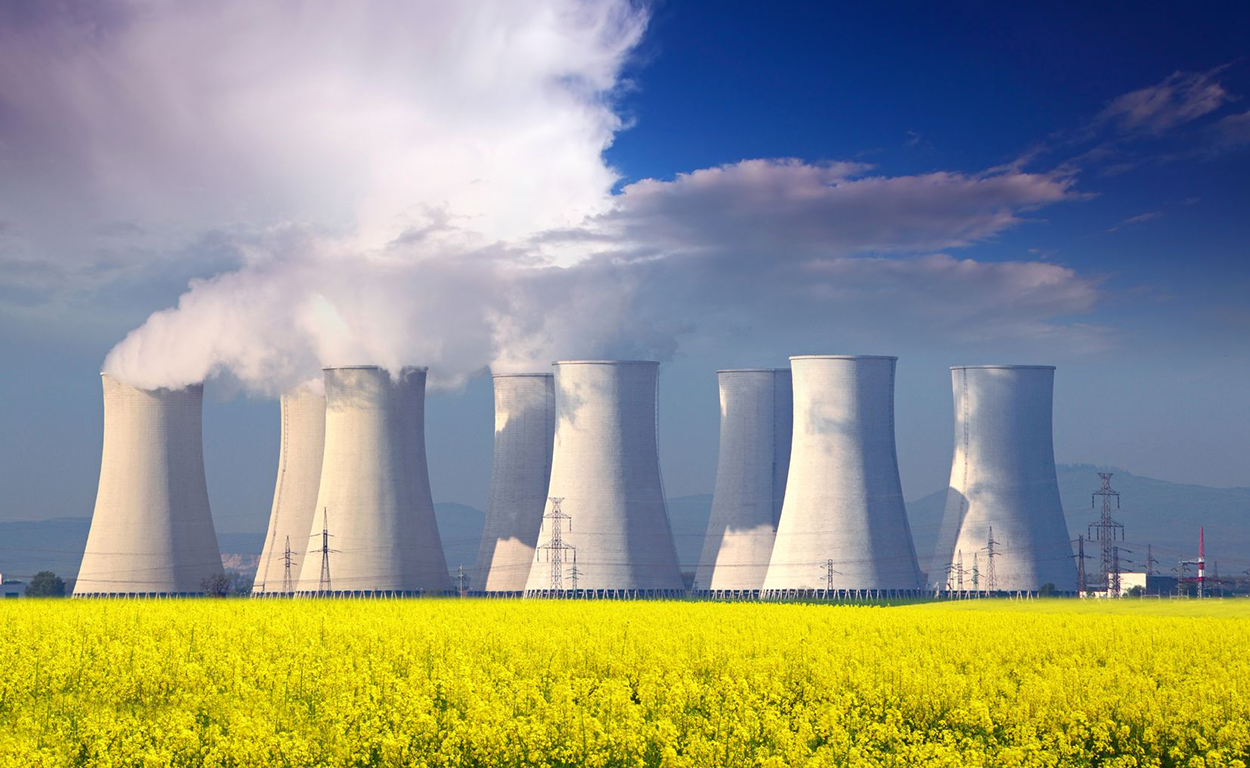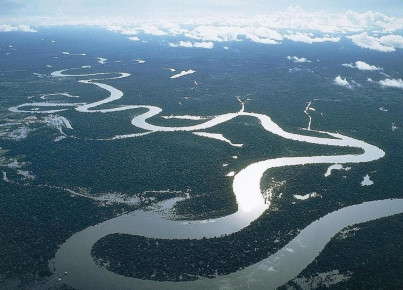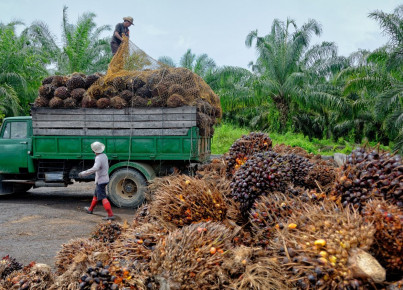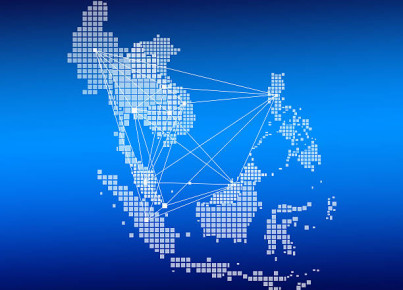By Sabrina Moles
Five ASEAN countries (Indonesia, Malaysia, Vietnam, Thailand and the Philippines) have included the development of civil nuclear energy in their development strategies for the coming years
Energy security in ASEAN countries is an urgent problem for their development strategy. The need to respond to the energy challenges of the future is also increasingly linked to the climate issue and the zero-emissions target. In this complex political, economic and social framework, an option that has never been considered by the group until recent years is coming forward: nuclear energy.
ASEAN countries are catching up with high-income countries in the race for next-generation energy, financing ambitious projects for renewable energy. In this way, ASEAN aims to create an ecosystem of collaboration, exchange and growth in the energy sector, a strategy that it is now also trying to transfer to the nuclear sector. Among the determining factors emerges the energy demand of the countries of the region, which has increased by 80% since 2000. This is combined with the need for alternative and less-polluting energy sources, precisely because the rapid consumption growth has also given the boost to emissions with direct consequences also on public health. It is estimated that more than 650,000 people per year will die from harmful emissions in the ASEAN states by 2040, compared to about 450,000 in 2018. Driven by environmental, economic, and social needs, the region has recorded one of the most promising rates of growth in the renewable sector. The plans of the ASEAN countries are ambitious and aim to raise the share of renewable energies to 70% of the total energy mix. However, achieving zero emissions will require a major effort, which is why nuclear power seems to be a solution consistent with ASEAN's goals.
The post-Covid crisis has led governments to rethink their energy development strategy more pragmatically, including the nuclear option. Plants are becoming increasingly durable: in a few years, we have gone from around 40 years of plant life to more optimistic estimates of 90-100 years. The environmental impact of nuclear energy compared to its efficiency would further justify investments in this sector. According to the ASEAN Centre for Energy (ACE), nuclear power has the same climate footprint as wind power, when emissions from the raw material extraction process, maintenance and decommissioning of infrastructure are also calculated. Another element is the so-called CF factor (capacity factor). This measures the ratio between energy generated and energy that can be generated, giving a picture of the reliability of an energy source, how much output it produces based on its potential. . According to the calculations by the US Energy Information Administration (EIA), the CF of nuclear energy reached 93.5% in 2019, a level much higher than all other energy sources. These figures reach a maximum of 52% for wind power, while they drop to 21% for solar power.
ASEAN countries are strongly interested in promoting nuclear energy, which they said was always - even before the pandemic - ‘underestimated’. For this reason, the plans promoted by the group of Southeast Asian countries include a clear roadmap for implementing nuclear energy projects in the region. An interesting element, mentioned many times in the Memorandum of Understanding signed in March 2021 with the World Nuclear Association (WNA), is the issue of public acceptance. A few paragraphs of the chapter on civil nuclear power in the document for phase II of the APAEC (ASEAN Action Plan and Energy Cooperation) for 2021-2025 are dedicated to the so-called ‘literacy’ of citizens on nuclear power. In Asia, nuclear concerns came after the Fukushima-Daiichi plant accident, followed by a wave of statements from the West about the recession from nuclear power. States such as Germany, Belgium, Spain, and the United Kingdom have already declared that they will shut down their reactors by 2030. However, the trend is not global, quite the contrary. There are just as many countries that are undertaking new projects, from the Middle East (United Arab Emirates, Egypt, Iran) to Asia, passing through Russia.
The new strategy will require not only communication, according to the Phase II document, but also other forms of preparation before construction begins. These include the creation of a solid knowledge base on the world of nuclear energy and international safety standards. Here the most important players on the scene can play a significant role: ASEAN already started relying on international cooperation to plan its nuclear future. Since 2016, a collaboration with the Government of Canada has begun under the "ACE-Canada" project. The joint work has resulted in the first real feasibility study for nuclear energy in ASEAN countries. Released in April 2018, the report gives an overview of the state of human and economic capital available to ASEAN to launch an energy development program. Collaboration with foreign countries allows the group's objectives to be framed in terms of sharing expertise not only from a technical point of view but also as capacity in legislation, the adaptation of local policies and communication of risks and benefits.
Half of the ASEAN countries have sufficient knowledge and resources to implement civil nuclear plans. Indonesia, Malaysia, Vietnam, Thailand and the Philippines are identified as leading the way in terms of advanced regulatory frameworks, capacity to build nuclear infrastructure and training of competent human resources on various project aspects (but not only). The plans of these five countries have already included the nuclear element in the development strategies for the coming years. The Philippines aims to activate the nuclear power plant of Bataan, in the north of the country, and never operational since its construction was completed in 1984. The choice to build nuclear power began during the 1973 oil shock as an energy security strategy and now returns to respond both to systemic risks in the energy market and to align with global climate targets. Indonesia's first power plant is scheduled to be operational in 2030, with two more due to arrive in 2035. Malaysia and Thailand are also looking to the same deadline: Malaysia is the most prepared for the leap to nuclear power, thanks to effective collaboration between the government and the body responsible for the nuclear power programme, the Malaysian Nuclear Power Corporation.
The nuclear option is also not excluded for Laos, Cambodia, and Myanmar. These countries have entered into nuclear agreements with Russia, although hydroelectric and solar projects with China prevail. This choice is also made given the availability of Chinese capital for these projects, while nuclear power plants have significant upfront costs for their construction that curb the ambitions of governments. This does not rule out the possibility that soon the commercialisation of Chinese reactors will also reach the southern neighbours, especially due to the potential of the so-called small modular reactor on which China is focusing as part of its strategy to open up global energy markets. Brunei and Singapore are the two great unknowns of ASEAN nuclear power. However, the Asian metropolis-state is working to develop significant know-how in the field of nuclear safety, and sustainable self-sufficiency seems to have become the new post-pandemic imperative.






